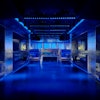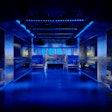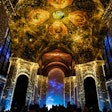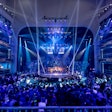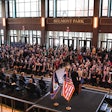T. Brittain Stone, photography director at Us Weekly, and his crew fill the pages of the entertainment magazine with photos of the hottest celebrities and events. “Repetitive phone calls from public relations people don’t help get an event photo in the magazine. If a major service has covered the events, we’ve got the photos, so we don’t need to be alerted to them. As far as content, color wins, glamour wins, skin wins. Extraneous people don’t win unless they are kids or dogs. We also like some stunts. Put Santa in there, some funny people dressed up, have the celebrity sit on something. Make it fun, but don’t detract from the celebrity. We want captions, photo credits, and contact info embedded in the [picture] file so we can find it and follow up on it when we download it into our searchable database. If it doesn’t have that, it will never run.”
Patrick McMullan, the well-known New York nightlife photographer, and his team of photographers shoot more than 50 events a week for his weekly New York magazine column and lots of other publications. “The first thing [event planners] need to do is lock in the photographer. Another one of the most crucial.phpects is to communicate to the photographer what is the key shot that the client wants to release for publicity. At the event, have an associate assigned to the photographer to help him do his job. It is always good to take pictures of couples and groups together, but singles are great, too. A certain amount of posing is appropriate at first, so they are aware of who you are and don’t feel caught off guard. Then later you can do more candids. As far as backgrounds, solid backgrounds are good. The more it looks like a party, the better. But it’s more important who they are than where they are.”
Anne MacGillivray, director of special events at the Breast Cancer Research Foundation (BCRF), plans several events a year, including its spring gala benefit. “Celebrities are very helpful in promoting the charity. They keep the foundation’s name fresh in people’s minds. People see the photos and think, ‘That looks like fun, maybe I’ll go next year to support a good cause.’ We call the celebrities’ publicists in advance to get permission and set up photos. We put a reminder of the time and area we have asked them to be in on the envelope they receive when they arrive. We always have people who are knowledgeable with the photographers to tell them who’s who or pull people together for group shots. We also bring our theme in, like boxers in pink shorts and pink boxing gloves posing with celebrities to emphasize the slogan, ‘We’re fighting to knock out breast cancer.’ We always include our mission statement and money raised when we submit photos.” Equally important is having photos for the foundation’s internal use: “We use them in our newsletter and send them to the people in the photos as thank-yous.”
Jayne Gould, editor of 25 Hours, and her staff scour 3,000 to 6,000 photos a day to find just the right New York events and celebrities to feature in this Sunday insert in The New York Daily News. “We are sick of the passport photos of the head and shoulders and sick of the full-length ‘Don’t-I-look-pretty?’ shot of the celebrity’s frock and shoes and handbag. For us to run photos they need a different edge than the red carpet photos with a sponsored-logos backdrop. We look for some interaction that shows that the celebrities are human, they laugh, they move, they interact. I understand what event planners are trying to do, but the logoed backgrounds have to go.”
Sarah Hampton, features photo editor, helps choose photos of movie premieres, fashion events, charity benefits, red carpet festivities, and celebrity parties to fill the six-page Snaps section in the Sunday New York Post. “It helps us if the photo can be offered as exclusive to us. In terms of timing, we don’t care after a very short amount of time. For the daily paper, we need the photo the night of the event or the day after. For the Sunday paper, we need the photo by Thursday or Friday. We choose things with action in them—laughing, interaction, cutting a cake, interesting pose—not six people standing in a row.”
Paul Wilmot, managing partner of public relations and event firm Paul Wilmot Communications, organizes events from boutique openings to movie premieres for beauty, fashion, and lifestyle clients from Sean John to the American Ballet Theatre. “A photo is only as good as where it runs. Place it in the appropriate media and get all the W’s answered—who is in the photo, what they do, why they are relevant. Make sure the media has everything they need to make the decision to run the photo. Make suggestions as to themes at one event or over several events and package it: a lot of women wearing fur, wearing diamonds, men wearing alternatives to black tie. Create a welcoming environment so people don’t have a disgruntled look on their faces. If the front door is madness, don’t use that for the first shot. Get a mix of people. Don’t just put likely people together. Add people who are not usually photographed together. Mix artists and actors so the groupings are unexpected. And don’t just photograph the usual suspects all the time. Do we really need another photo of Paris Hilton?”
—Ellen Sturm Niz
Posted 05.18.05
This story originally appeared in the February/March 2005 issue of the BiZBash Event Style Reporter.
Patrick McMullan, the well-known New York nightlife photographer, and his team of photographers shoot more than 50 events a week for his weekly New York magazine column and lots of other publications. “The first thing [event planners] need to do is lock in the photographer. Another one of the most crucial.phpects is to communicate to the photographer what is the key shot that the client wants to release for publicity. At the event, have an associate assigned to the photographer to help him do his job. It is always good to take pictures of couples and groups together, but singles are great, too. A certain amount of posing is appropriate at first, so they are aware of who you are and don’t feel caught off guard. Then later you can do more candids. As far as backgrounds, solid backgrounds are good. The more it looks like a party, the better. But it’s more important who they are than where they are.”
Anne MacGillivray, director of special events at the Breast Cancer Research Foundation (BCRF), plans several events a year, including its spring gala benefit. “Celebrities are very helpful in promoting the charity. They keep the foundation’s name fresh in people’s minds. People see the photos and think, ‘That looks like fun, maybe I’ll go next year to support a good cause.’ We call the celebrities’ publicists in advance to get permission and set up photos. We put a reminder of the time and area we have asked them to be in on the envelope they receive when they arrive. We always have people who are knowledgeable with the photographers to tell them who’s who or pull people together for group shots. We also bring our theme in, like boxers in pink shorts and pink boxing gloves posing with celebrities to emphasize the slogan, ‘We’re fighting to knock out breast cancer.’ We always include our mission statement and money raised when we submit photos.” Equally important is having photos for the foundation’s internal use: “We use them in our newsletter and send them to the people in the photos as thank-yous.”
Jayne Gould, editor of 25 Hours, and her staff scour 3,000 to 6,000 photos a day to find just the right New York events and celebrities to feature in this Sunday insert in The New York Daily News. “We are sick of the passport photos of the head and shoulders and sick of the full-length ‘Don’t-I-look-pretty?’ shot of the celebrity’s frock and shoes and handbag. For us to run photos they need a different edge than the red carpet photos with a sponsored-logos backdrop. We look for some interaction that shows that the celebrities are human, they laugh, they move, they interact. I understand what event planners are trying to do, but the logoed backgrounds have to go.”
Sarah Hampton, features photo editor, helps choose photos of movie premieres, fashion events, charity benefits, red carpet festivities, and celebrity parties to fill the six-page Snaps section in the Sunday New York Post. “It helps us if the photo can be offered as exclusive to us. In terms of timing, we don’t care after a very short amount of time. For the daily paper, we need the photo the night of the event or the day after. For the Sunday paper, we need the photo by Thursday or Friday. We choose things with action in them—laughing, interaction, cutting a cake, interesting pose—not six people standing in a row.”
Paul Wilmot, managing partner of public relations and event firm Paul Wilmot Communications, organizes events from boutique openings to movie premieres for beauty, fashion, and lifestyle clients from Sean John to the American Ballet Theatre. “A photo is only as good as where it runs. Place it in the appropriate media and get all the W’s answered—who is in the photo, what they do, why they are relevant. Make sure the media has everything they need to make the decision to run the photo. Make suggestions as to themes at one event or over several events and package it: a lot of women wearing fur, wearing diamonds, men wearing alternatives to black tie. Create a welcoming environment so people don’t have a disgruntled look on their faces. If the front door is madness, don’t use that for the first shot. Get a mix of people. Don’t just put likely people together. Add people who are not usually photographed together. Mix artists and actors so the groupings are unexpected. And don’t just photograph the usual suspects all the time. Do we really need another photo of Paris Hilton?”
—Ellen Sturm Niz
Posted 05.18.05
This story originally appeared in the February/March 2005 issue of the BiZBash Event Style Reporter.
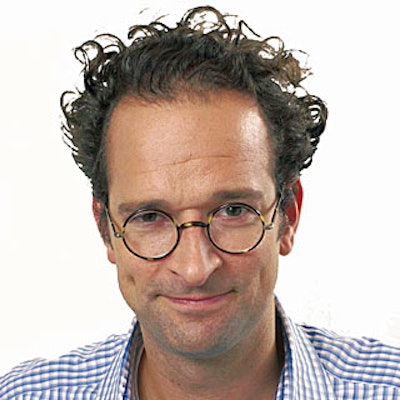
T. Brittain Stone
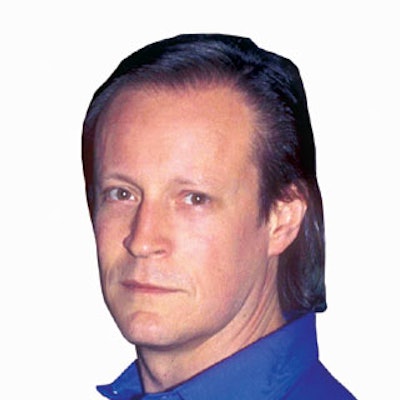
Patrick McMullan
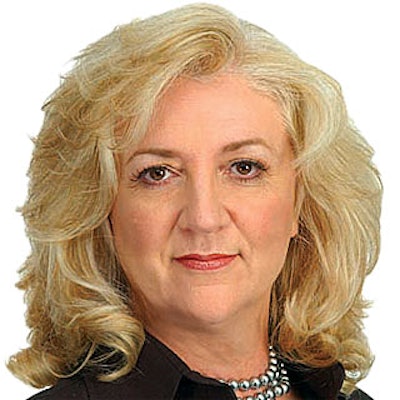
Jayne Gould
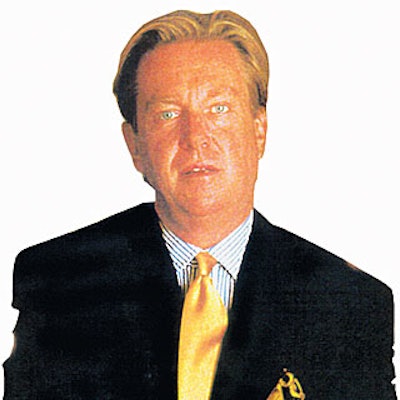
Paul Wilmot

